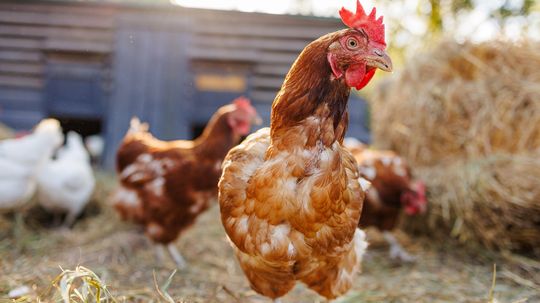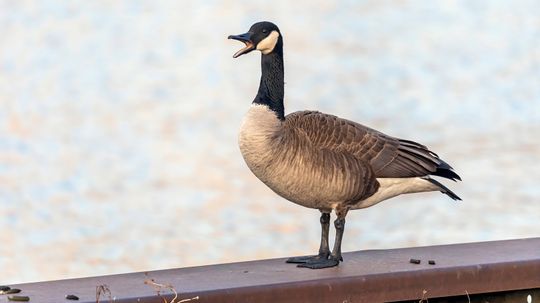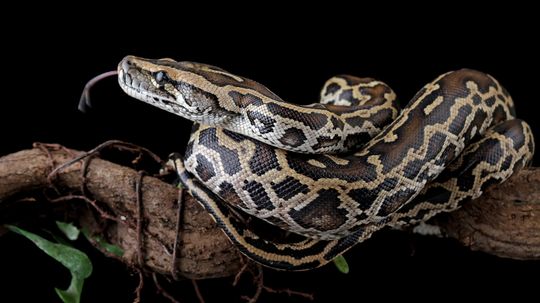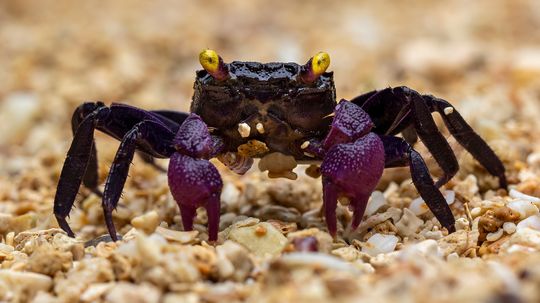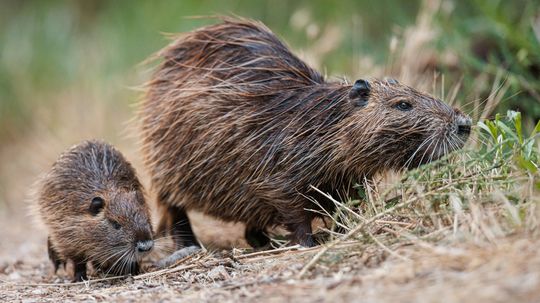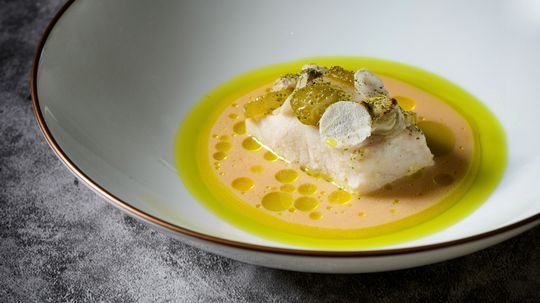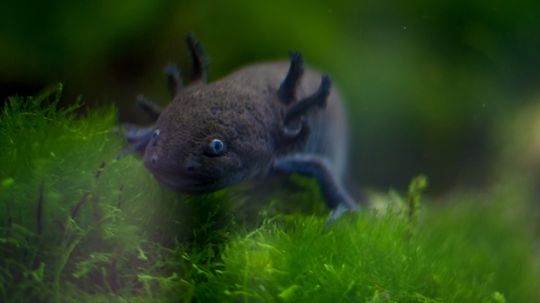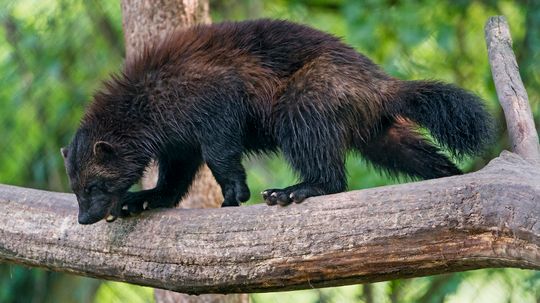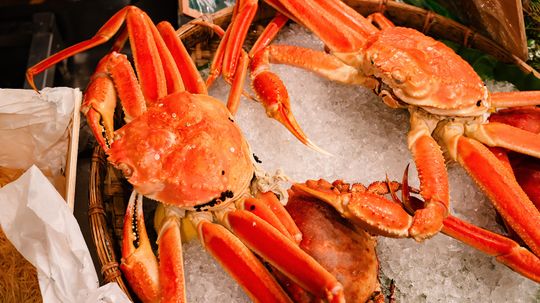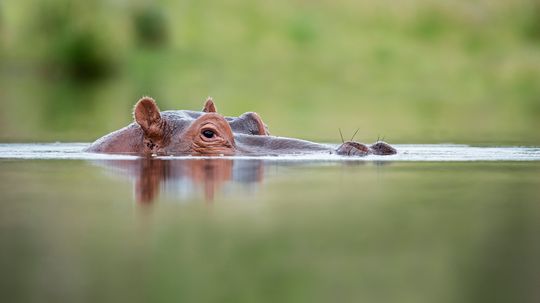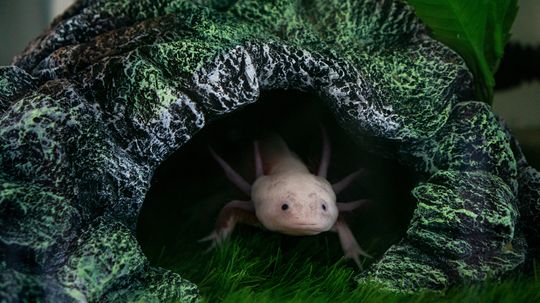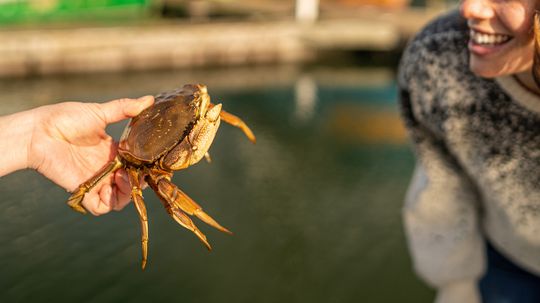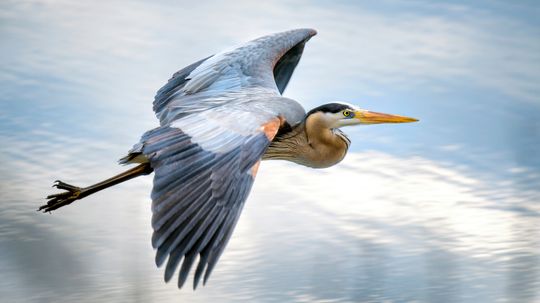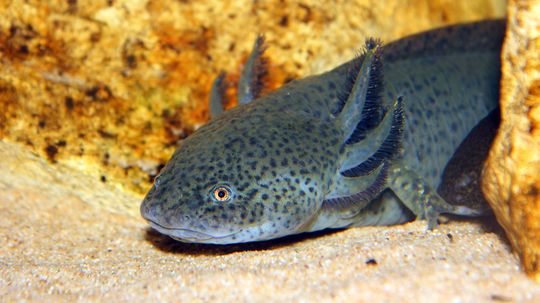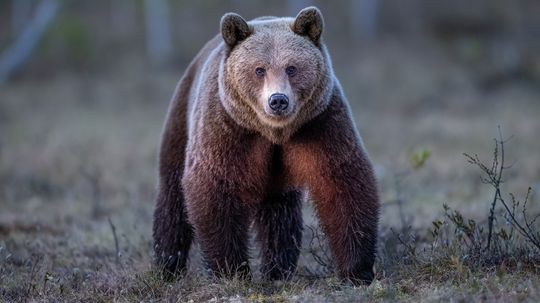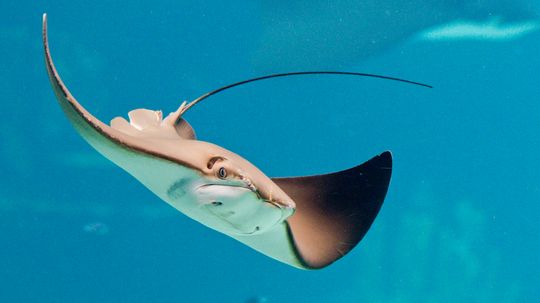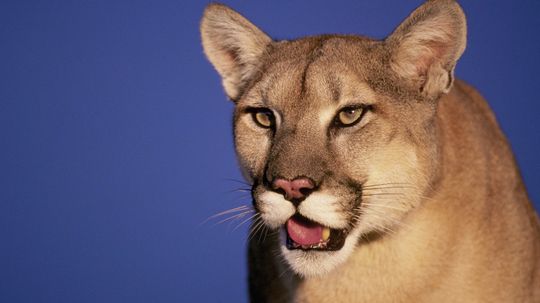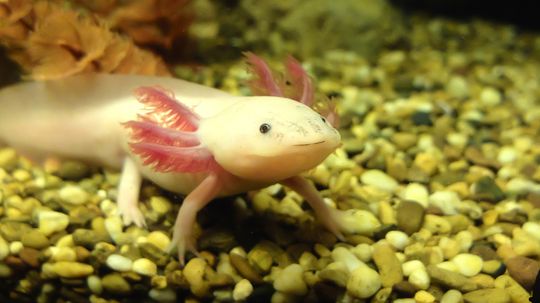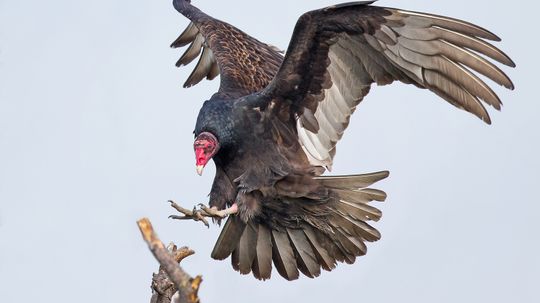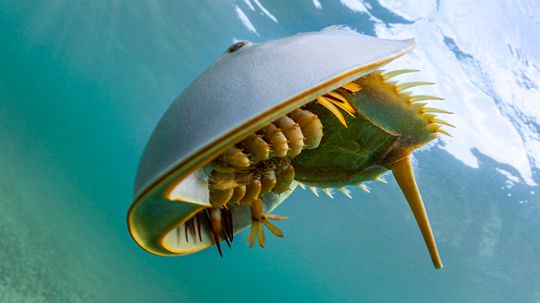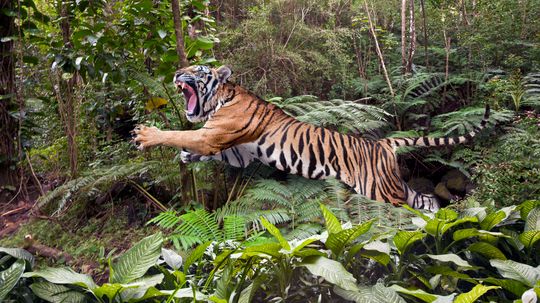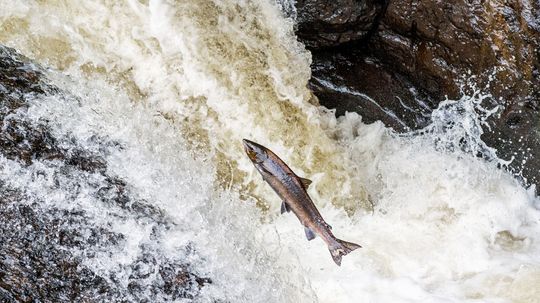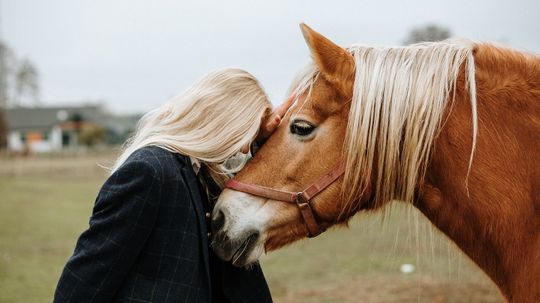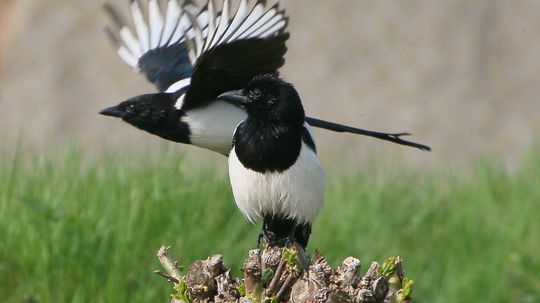Wild Animals
Whether they crawl, fly, swim, slither, walk, run or pounce, wild animals rely on their instincts. Read about all kinds of wild animals, mammals, birds, fish, insects, reptiles and amphibians.
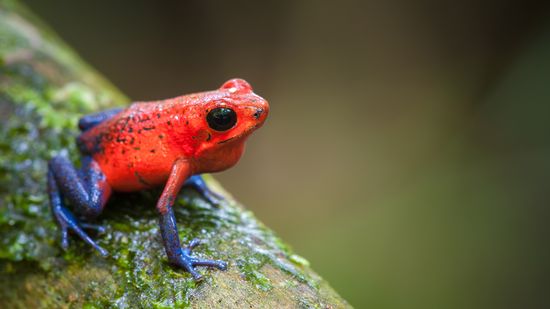
12 Colorful Frog Species: From Tie-dyed Designs to Rare Hues
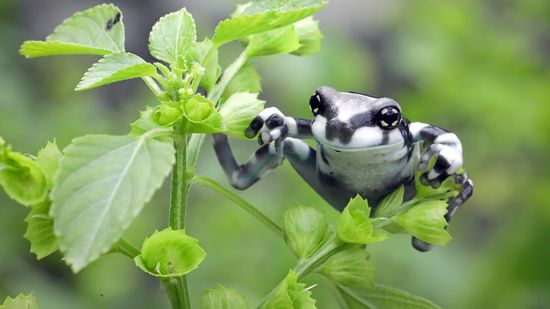
Amazon Milk Frog: Named for Its Defense, Not Its Color
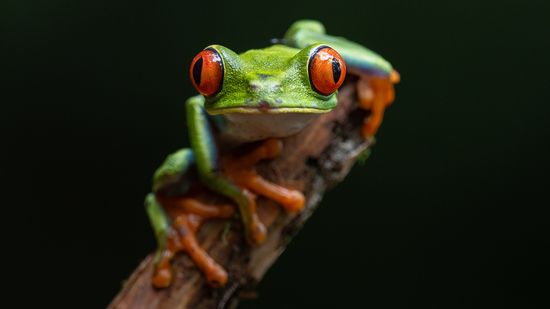
The Red-eyed Tree Frog Has Extremely Sensitive Skin
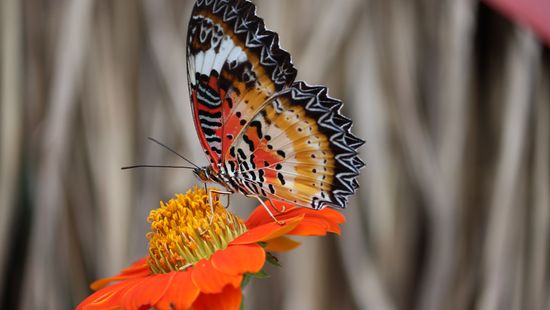
10 Red Butterfly Species Found From India to Florida to Europe
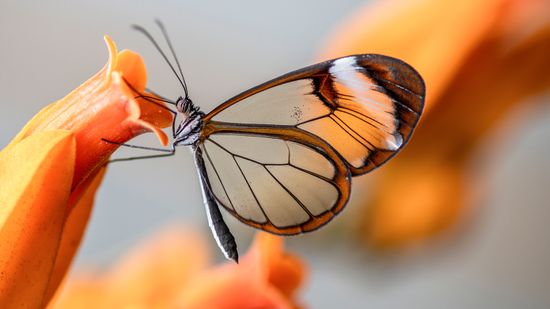
How the Glasswing Butterfly Flutters (Almost) Invisibly
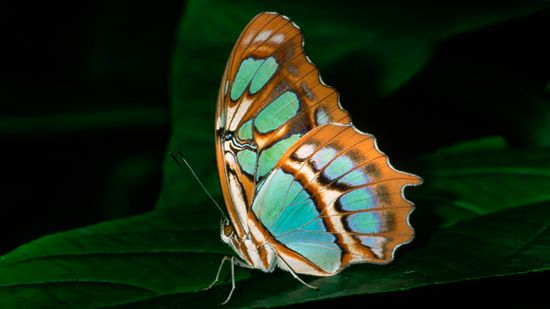
6 Green Butterfly Species Blending in With Their Environments
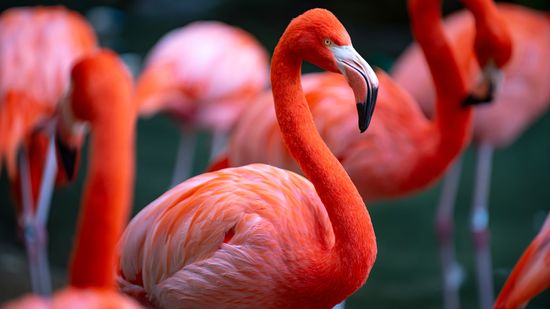
What Is a Group of Flamingos Called? Not a Flock, Another 'F' Word
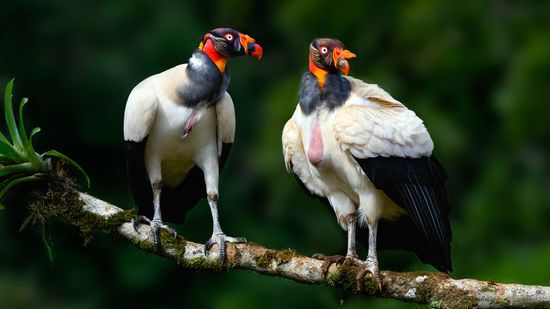
7 Ugliest Bird Species: Evolutionary Qualities That Aren't So Pretty
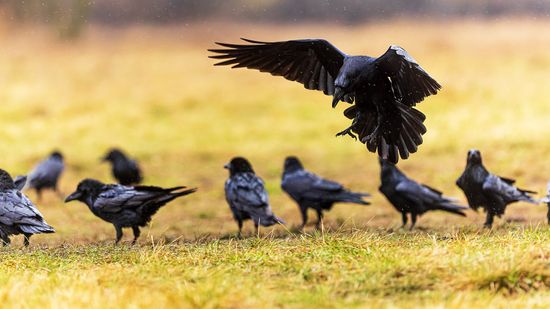
What's a Group of Ravens Called? Not a Murder (That's Crows)
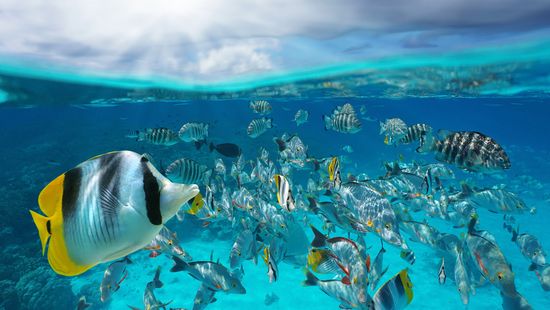
What Is a Group of Fish Called? Not Always a School
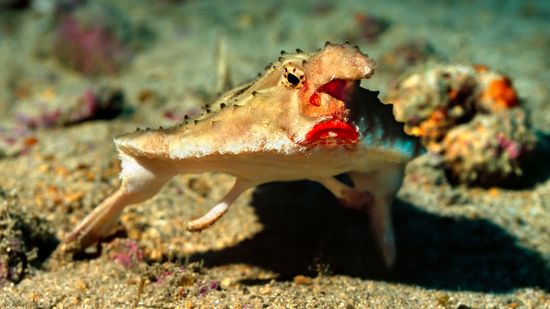
10 Weirdest Fish in the World: Batfish, Hairy Frogfish, and More
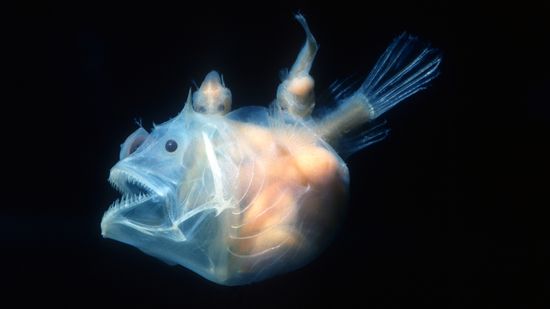
10 Scariest Fish Lurking in Rivers, Deep Ocean Waters, and Shells
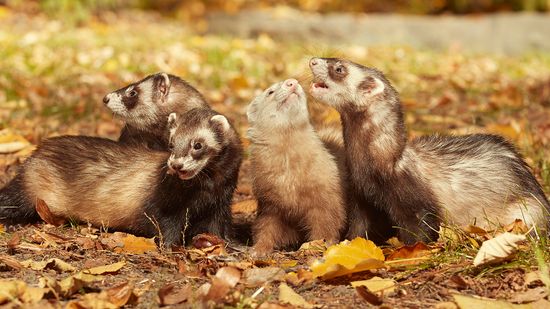
What Is a Group of Ferrets Called? You're Such a Busybody
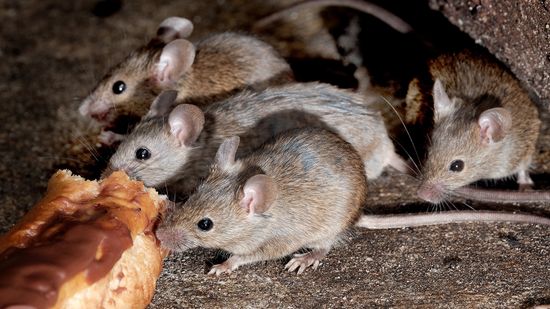
What Is a Group of Mice Called? Not Always a Colony
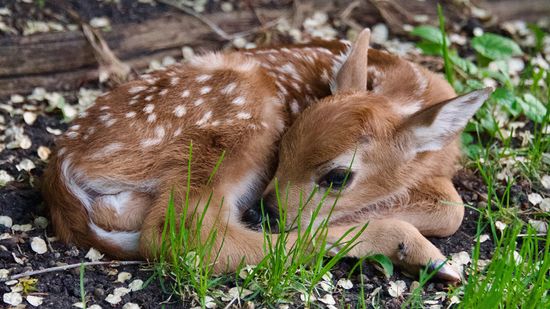
What Is a Baby Deer Called? (Aside From Adorable)
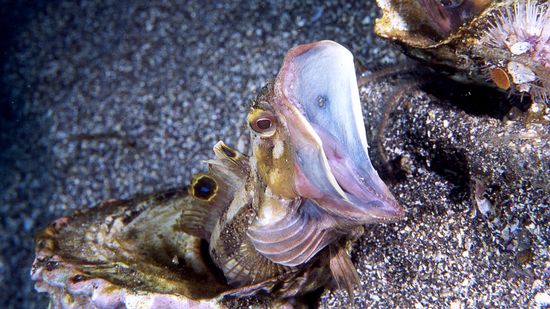
10 of the Scariest Sea Creatures Lurking in the Ocean's Depths
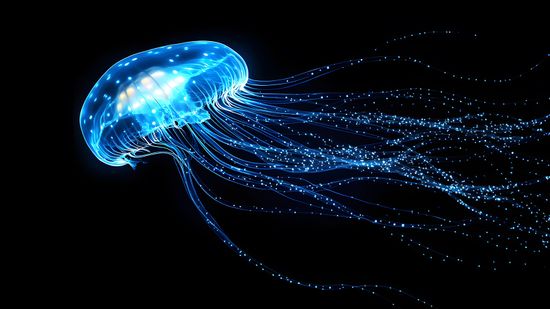
How Bioluminescent Jellyfish Get Their Signature Glow
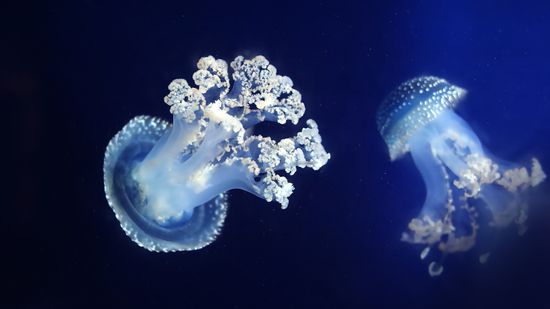
White Spotted Jellyfish: Cute Until They Become Invasive

10 Cutest Snake Species That Have Us Squeeing
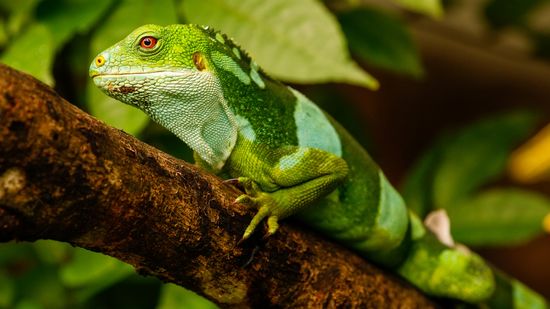
10 Colorful Lizards to Delight Reptile Lovers
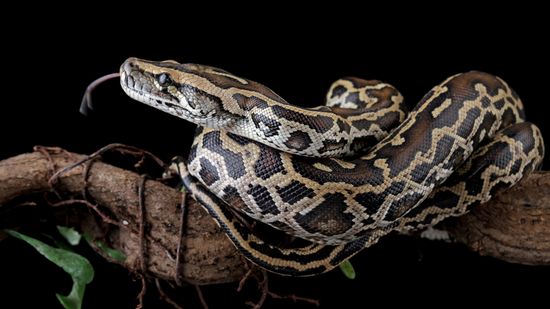
Python vs. Anaconda: Comparing Snakes and Software Languages
Learn More / Page 5
In casual conversation, people often use "chicken" and "hen" interchangeably — but they’re not quite the same. A quick chicken vs. hen comparison clarifies distinctions based on age, sex, and role in poultry farming, meat production, and egg laying.
By Nico Avelle
At first glance, geese and swans seem like large, long-necked cousins in the bird world — and they are. But the goose vs. swan comparison reveals key differences in size, behavior, migration, and even their place in the ecosystem.
By Nico Avelle
When you hear "python vs. anaconda" you might think of a clash between two massive snakes, but it’s also a fair comparison between a powerful programming language and a robust data science distribution. Whether you’re talking snakes or software, the differences are fascinating.
Advertisement
At a glance, the gray fox vs. coyote match-up might look lopsided. One is a medium-sized wild dog, the other a nimble omnivore that can climb trees.
By Nico Avelle
Vampire crabs might sound like horror flick creatures, but they’re actually one of the most striking pets you can keep in a paludarium.
By Nico Avelle
At first glance, woodchucks and beavers might seem like not-so-distant cousins; both are stocky, brown, large rodents.
By Nico Avelle
At first glance, cod and haddock might seem interchangeable on a dinner plate. But dig a little deeper into cod vs. haddock qualities and you'll find these two fish species have distinct qualities that influence taste, texture and how they're best cooked.
By Nico Avelle
Advertisement
Axolotls aren't just adorable; they're a marvel of biology and genetics. The different types of axolotl morphs showcase a range of stunning colors, patterns and genetic traits. From golden to glowing, here's a look at some of the most eye-catching axolotl morphs.
By Nico Avelle
Out in the wild, who wins in a wolverine vs. badger brawl? These two animals may look like scrappy fur balls, but they're built for battle. Think claws, jaws and hides tougher than a biker jacket.
By Nico Avelle
Snow crab is a seafood favorite known for its sweet, succulent meat and long, spindly legs. Found in the cold waters of the North Pacific and Bering Sea, snow crab is a top pick for crab lovers who enjoy cracking shells and dipping the tender meat in melted butter.
By Nico Avelle
The question of hippo vs. rhino is seriously a heavyweight showdown in the world of wildlife. These massive animals share African habitats but have very different biology, behavior, and reputations.
By Nico Avelle
Advertisement
Axolotl colors can be a little misleading; what you see online is wildly different from what exists in, well, the wild.
By Nico Avelle
Dungeness crab (Metacarcinus magister) is more than just a seafood favorite; it’s a symbol of coastal culture from California to Alaska. This tasty crustacean is beloved for its sweet, tender crab meat and iconic crab legs.
By Nico Avelle
The heron vs. crane debate might sound like something only birdwatchers care about, but knowing the difference is key for anyone who loves wildlife or spends time near wetlands.
By Nico Avelle
Axolotl life expectancy might not sound like a burning topic, but once you learn what these amphibians can do, you’ll be hooked.
By Nico Avelle
Advertisement
In debates across playgrounds and podcasts, one question endures: In a battle of bear vs. lion, who wins?
By Nico Avelle
At first glance, skate fish vs. stingray confusion is extremely understandable. Both belong to the class Chondrichthyes, the group of cartilaginous fish that includes sharks. They share flat bodies, wing-like pectoral fins, and bottom-dwelling habits.
By Nico Avelle
When looking at mountain lion vs. bobcat physiques, you’re looking at two iconic wild cats that share habitats but differ significantly in size, behavior, and offensive capabilities.
By Nico Avelle
Despite their charm and regenerative powers, axolotls face many threats in the wild.
By Nico Avelle
Advertisement
When it comes to scavengers of the sky, black vulture vs. turkey vulture identification is easy to misconstrue. These two species often share the same habitats, feast on the same carrion, and roost in the same trees. But they couldn’t be more different in how they fly, feed, and find their meals.
By Nico Avelle
The horseshoe crab might look like a creature from another planet, but it’s a vital part of Earth’s marine ecosystems.
By Nico Avelle
In a hypothetical showdown — tiger vs. bear — which animal would win? Both are apex predators, equipped with sharp teeth, powerful claws, and a will to survive.
By Nico Avelle
When it comes to salmon, not all fillets are created equal. The debate over sockeye vs. Atlantic salmon comes down to flavor, nutrition, habitat and how each fish is raised.
By Nico Avelle
Advertisement
With over 300 horse breeds in the world, the horse world is mighty diverse. From miniature horses to heavy draft breeds, the types of horses can be grouped by size, temperament and purpose.
By Nico Avelle
Birds are more than chirps and feathers. Some of the smartest birds rival primates when it comes to solving problems and navigating complex environments.
By Nico Avelle
